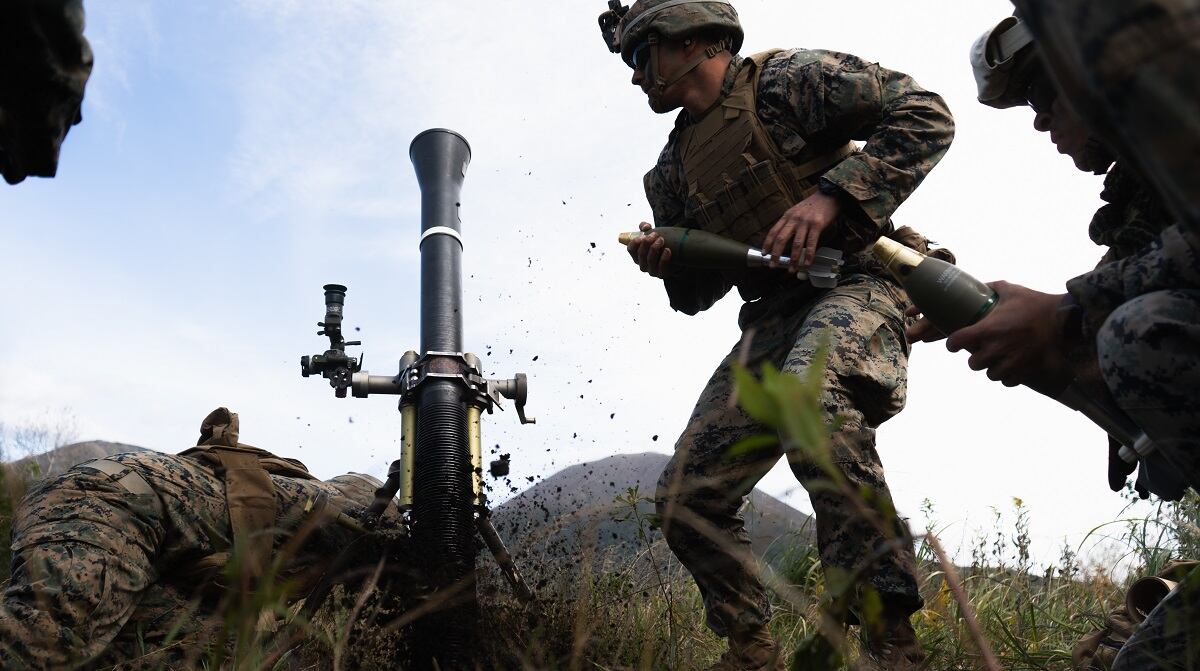F-16s from the 64th Aggressor Squadron at Nellis Air Force Base, Nevada, have debuted a new color pattern aimed at replicating real-world threats during training for fighter pilots.
The Fighting Falcons' new color scheme — "splintered" white and blue, with a red nose — is a means of "representing threats more accurately," said Capt. Ken Spiro, the 64th Aggressor Squadron intelligence chief, in a news release. "There are real-world threats that paint their jets in this way, so we are changing over to make it more physically like their aircraft."
"The idea started at the 64th AGRS because we're always looking for different ways to be more threat representative, and make the training more realistic," Spiro said. "The 64th AGRS gets creative in extra ways, such as paint schemes to accurately and better represent threats. We act like, look like, or anything you can think of, we try so we can be true to the threats."
The new look of the aircraft bears an uncanny resemblance to Russia's Su-35 Flanker Fighter, which U.S. pilots could soon see in aerial situations should high-velocity confrontations continue.
"In terms of air combat, you wouldn't treat an Su-35 lightly. It's a well-flown capable platform," Doug Barrie, senior air analyst at the International Institute for Strategic Studies, a London-based think tank, told Air Force Times last month.
The process to convert to the new splinter colors has taken weeks to develop and paint on the aircraft, the service said. The 64th operates 20 F-16C aircraft, according to the base. The service did not say how many aircraft have been painted thus far.
The 64th plans to have two different paint schemes, the splinter, and another that will be introduced in the coming months, the release said. The Air Force has contracted out the design and paint job to veteran-owned M1 Support Services.
"This is the first F-16 aggressor with the newest scheme and we are working on a second 'shark' scheme because the 64th AGRS would like to see two threats eventually," said Jeffery Dezell, the M1 Support Services corrosion shop lead.
"Once a pilot who is training comes within visual range of the new aggressor, they'll be seeing a similar situation to what they would see with an actual threat aircraft," Spiro said.
Oriana Pawlyk covers deployments, cyber, Guard/Reserve, uniforms, physical training, crime and operations in the Middle East and Europe for Air Force Times. She was the Early Bird Brief editor in 2015. Email her at opawlyk@airforcetimes.com.





